Diving into 55 years of the Seiko Prospex
With over half a century of underwater experience, Seiko's dive watches are still making a splash.
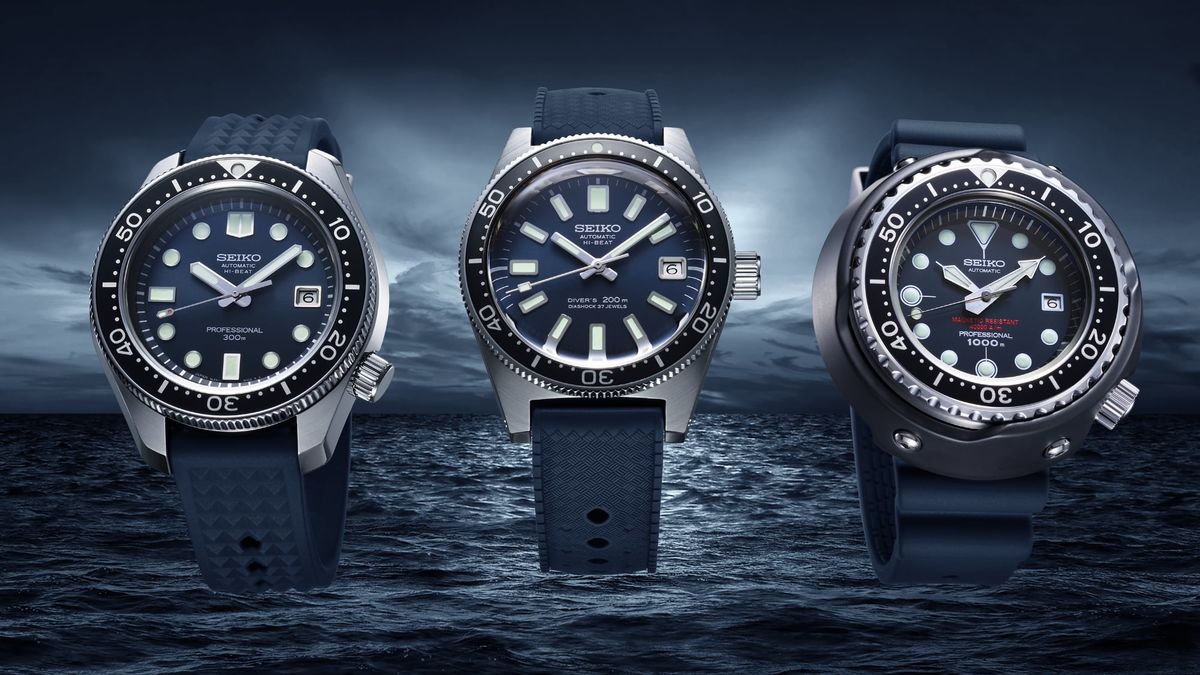
Visit any of the world's diving hotspots, or indeed the working seaports of the world and there's an excellent chance indeed that the dive watches you spot on peoples wrists won't hail from Switzerland, but instead Japan.
There are two reasons for this. Swiss watches are expensive, and the Japanese – Seiko in particular – make truly excellent dive watches, and have for a good while, since 1955.
These days Seiko's specialised dive watches are grouped in the Prospex family – a portmanteau for 'Professional Specification', and they're watches that continue a long tradition of reliability and innovation.
But before we have a look at the latest offerings, which celebrate the 55th anniversary of Seiko dipping its toes into the world of dive watches, how about we visit a few pivotal stops along the way.
1965: the Seiko 62MAS
Heads up: Seiko, unlike some other brands, doesn't make a regular habit of coining friendly names for their watches — so expect a lot of serial-number style nomenclature.
The watch known as the 62MAS already followed the tried, true and (ISO-standard certified) formula for a dive watch, with its rotating bezel measuring elapsed time, luminous hands and markers for visibility and healthy amount of water resistance.
Born in 1965, it was the first Japanese dive watch, and one proven in the field by the Japanese Antarctic Research Expedition from 1966 through to 1969.
1968: the Seiko Diver's 300M
The 62MAS was a success with everyone from polar explorers to casual divers alike. But Seiko didn't rest on its laurels, and in 1968 released a dive watch that doubled the water-resistance of the 62MAS from 150 to 300 metres, and saw the addition of a precise 'hi-beat' mechanical calibre, ensuring that this professional tool was even more accurate.
Perhaps more importantly, the watch established a visual style – broad-shouldered lugs, crown at four o'clock and blocky, ultra-legible dial design – that would become distinctly 'Seiko' in the coming decades.
1975: the Seiko Professional Diver's 600M
The origins of this watch also date back to 1968, when a Japanese saturation diver wrote to Seiko explaining what he needed from a dive watch.
The laundry list was as formidable as the working conditions: pitch dark, icy water at depths of 350 metres, impacts with gear and heavy machinery.
On top of all this and the intense pressure, the watch had to handle helium gas going in and out of the case. It took Seiko seven years, but finally, the titanium-cased, 600-metre rated 6159-7010 surfaced, which not only fit the bill but featured 23 world firsts in the process.
1982: the Seiko 'Arnie'
This watch stands on its own merits: the world's first diver with a combined analogue and digital display, this is '80s wrist-tech at its best.
But it's famous for a slightly more prosaic reason, one you can probably guess from its nickname, the 'Arnie'. The humble H558-5009 enjoys some screen time with the manliest of action men in Commando (1985) and Predator (1987), giving it more than a little cult cool.
And if you've ever wanted to channel that machine-gun-toting getting to the choppa vibe, you're in luck: Seiko released a modern (solar-powered!) line of Arnie-inspired watches in 2019.
2020: the Seiko Prospex 55th anniversary collection
The lineage and legacy of Seiko's Prospex line can clearly be seen in these three limited-edition blue-dialled divers. Yet while the look remains recognisable, construction is very much cutting-edge.
Upgraded mechanical movements are featured in every model, and the cases are specially hardened 'Ever-Brilliant' steel, meaning that those daily dings and knocks are much less of an issue.
The 're-creation' models represent some of Seiko's most uncompromising work and are fitting tributes to the Japanese brand's history, although such specialist pieces come at a price: the 1965-inspired SLA037J brandishes a sticker of $9,750, and the 1968 and 1975 re-creations retailing for $10,500 and $6,950 respectively.
My pick of the litter though is the SPB149J: a modern interpretation boasting the same blue dial, a slender profile and impressive automatic calibre good for 70 hours of power reserve, at $1,995 it offers the best of old and new - a great daily wearing watch for in and out of the water.
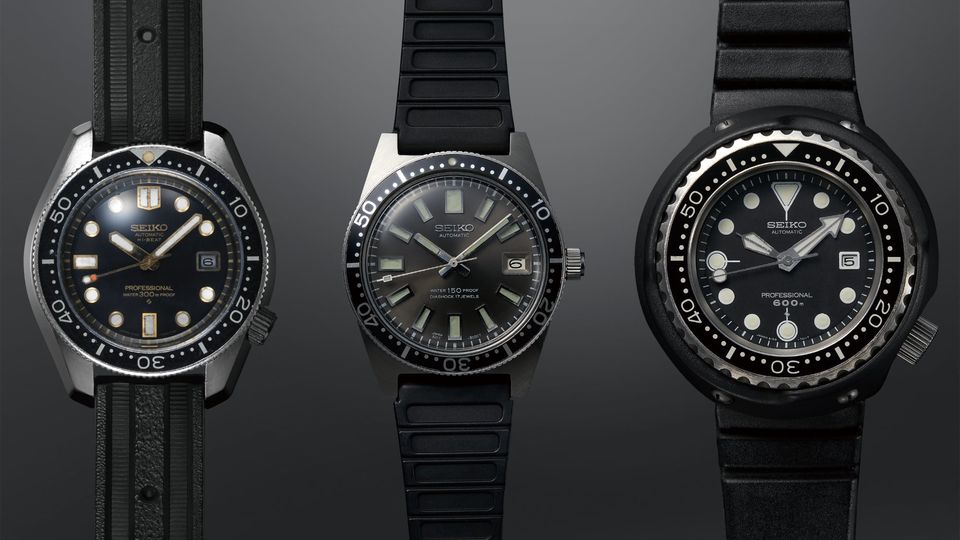
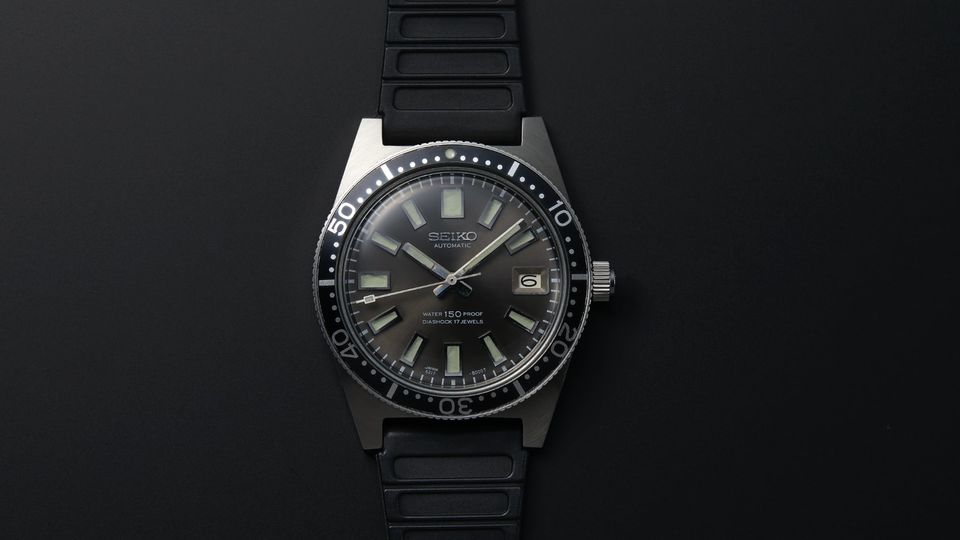
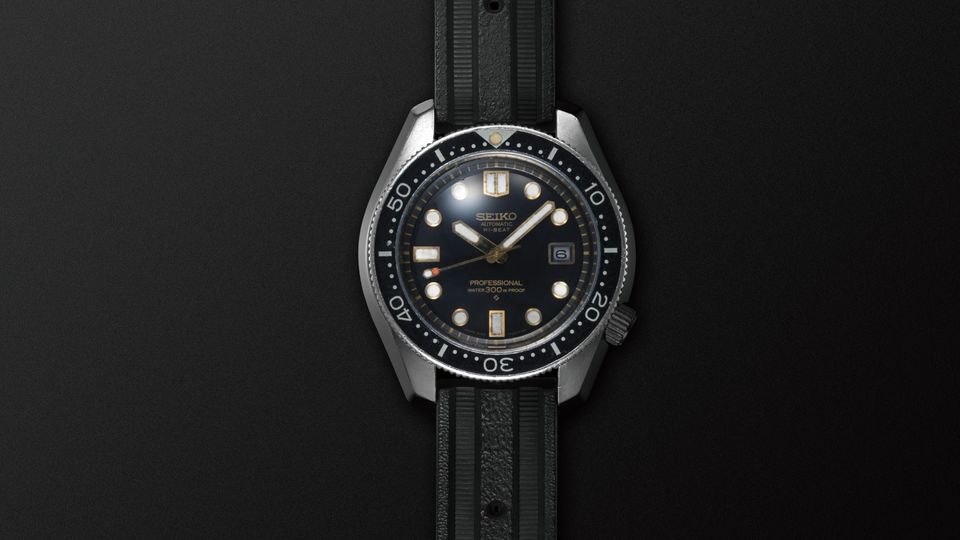
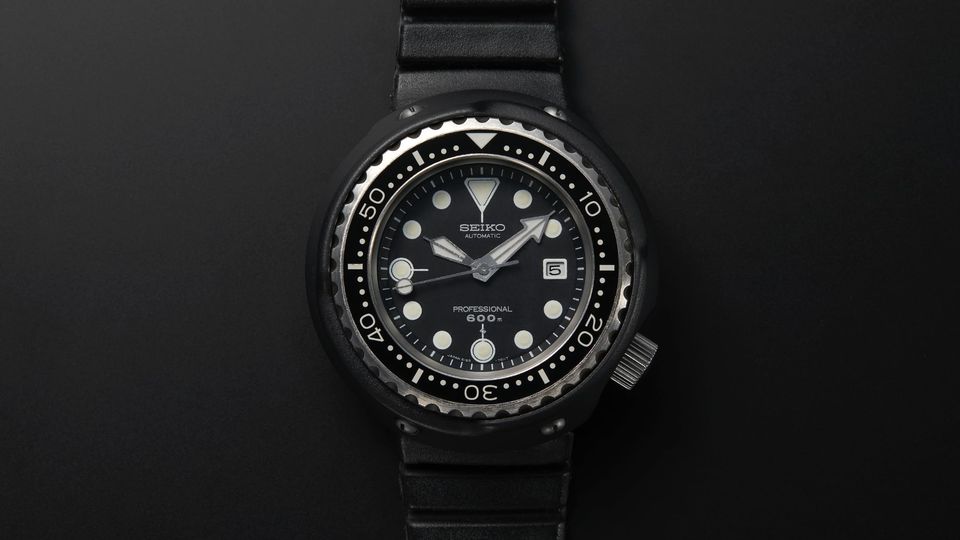
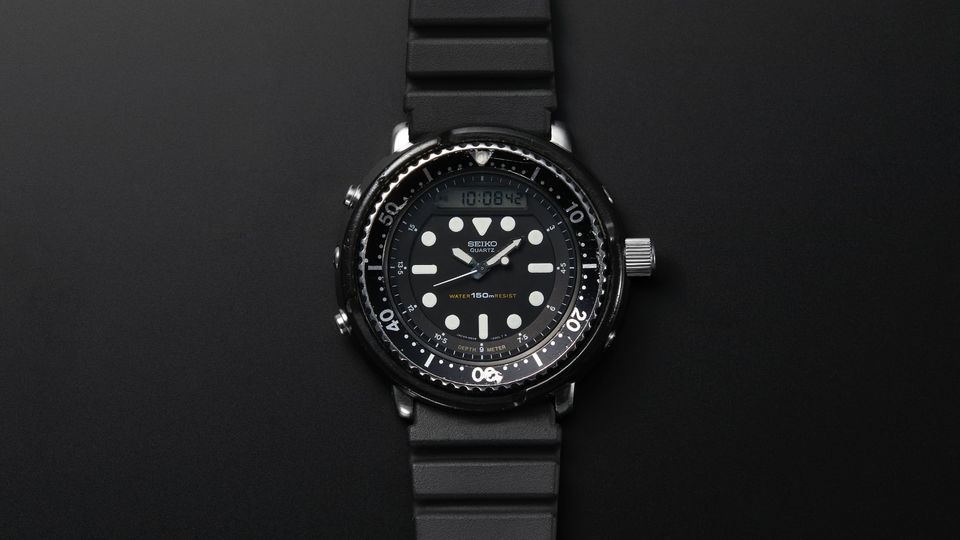
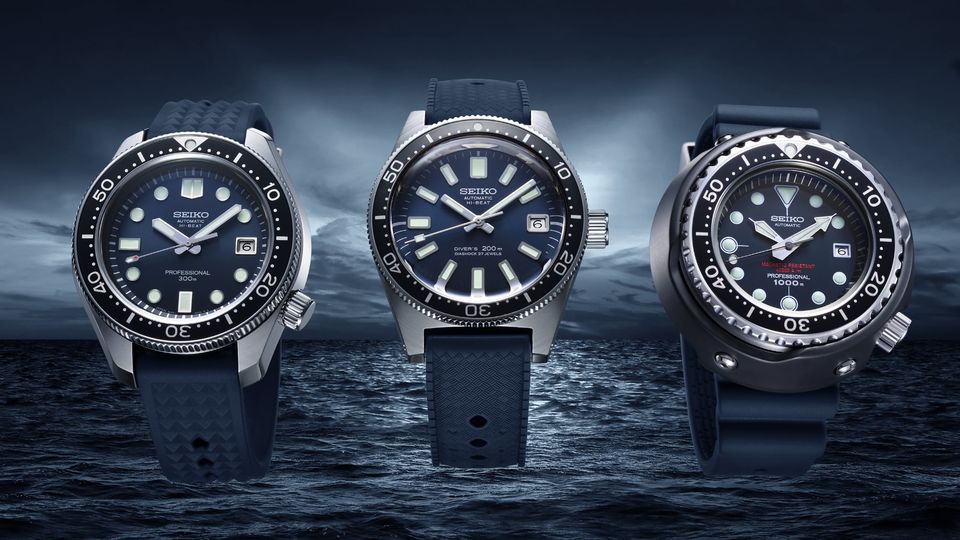
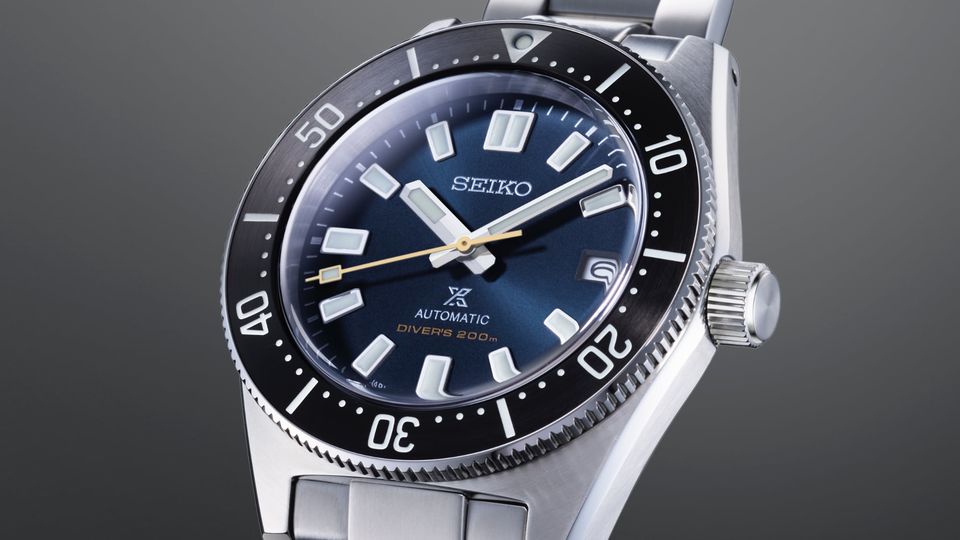

Hi Guest, join in the discussion on Diving into 55 years of the Seiko Prospex